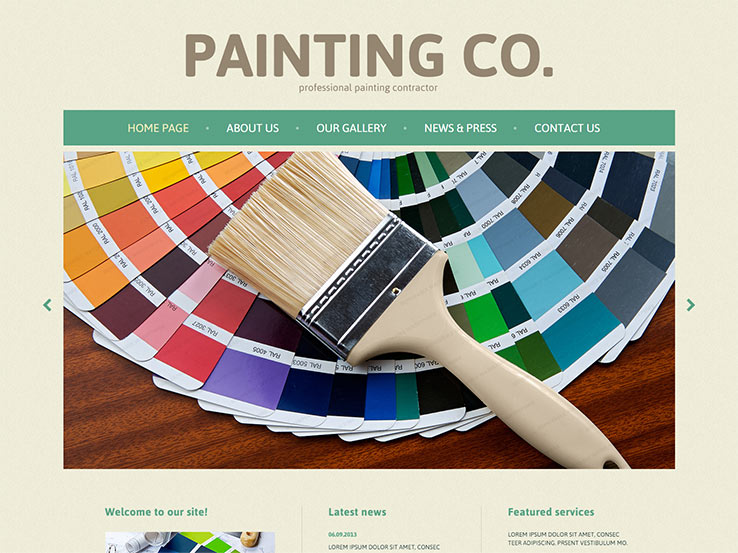Discover The Methods Which Seasonal Elements Can Affect The Success Of Industrial External Painting And Identify The Best Times To Attain Long-Term Results For Your Job
Discover The Methods Which Seasonal Elements Can Affect The Success Of Industrial External Painting And Identify The Best Times To Attain Long-Term Results For Your Job
Blog Article
Authored By-McLamb Urquhart
When you're intending a commercial external painting project, seasonal factors can make or damage your outcomes. You'll intend to think about exactly how temperature level and humidity effect paint application and drying out times. Picking the appropriate season can ensure your paint sticks appropriately and lasts much longer. However which seasons are truly the very best for this kind of work? Allow's explore the key elements that can affect your task's success.
The Effect of Temperature on Paint Application
When you're intending a commercial outside painting job, the temperature level can significantly influence how well the paint sticks and dries out.
Ideally, you wish to repaint when temperatures vary in between 50 ° F and 85 ° F. If it's as well cool, the paint may not treat correctly, bring about problems like peeling or breaking.
On the flip side, if it's too hot, the paint can dry also promptly, avoiding correct adhesion and resulting in an irregular surface.
You need to additionally take into consideration the time of day; early morning or late afternoon provides cooler temperatures, which can be more positive.
Constantly inspect the supplier's suggestions for the specific paint you're utilizing, as they often give guidance on the ideal temperature range for optimal outcomes.
Humidity and Its Impact on Drying Times
Temperature level isn't the only environmental element that influences your commercial outside painting task; moisture plays a considerable duty too. High moisture degrees can decrease drying out times considerably, impacting the general high quality of your paint work.
When the air is filled with dampness, the paint takes longer to heal, which can lead to concerns like bad adhesion and a higher risk of mildew growth. If you're painting on a particularly humid day, be gotten ready for extended wait times in between coats.
It's critical to check regional climate condition and strategy appropriately. Ideally, aim for moisture degrees between 40% and 70% for optimum drying.
Maintaining these factors in mind guarantees your project remains on track and delivers a lasting finish.
Best Seasons for Commercial Outside Painting Projects
What's the most effective season for your industrial exterior paint jobs?
Spring and early autumn are usually your best choices. Throughout these periods, temperatures are mild, and moisture degrees are usually lower, producing ideal problems for paint application and drying out.
Prevent summertime's intense heat, which can create paint to completely dry also rapidly, resulting in poor bond and surface. In a similar way, wintertime's cool temperature levels can prevent correct drying out and healing, running the risk of the longevity of your paint job.
Go for Recommended Web page with temperatures in between 50 ° F and 85 ° F for ideal results. Remember to check the neighborhood weather report for rain, as damp conditions can ruin your job.
https://independentpaintersnearme21976.bloggerbags.com/40387706/browsing-color-selection-a-strategic-guide-for-commercial-outside-painting around these variables guarantees your paint project runs efficiently and lasts longer.
Verdict
To conclude, preparing your commercial exterior painting jobs around seasonal factors to consider can make a considerable difference in the result. By scheduling work during the ideal temperature levels and humidity levels, you'll make sure better attachment and drying times. Bear in mind to keep an eye on local weather prediction and select the correct time of year-- springtime and very early loss are your best options. Taking simply click the following webpage will certainly aid you accomplish a resilient and expert finish that lasts.
